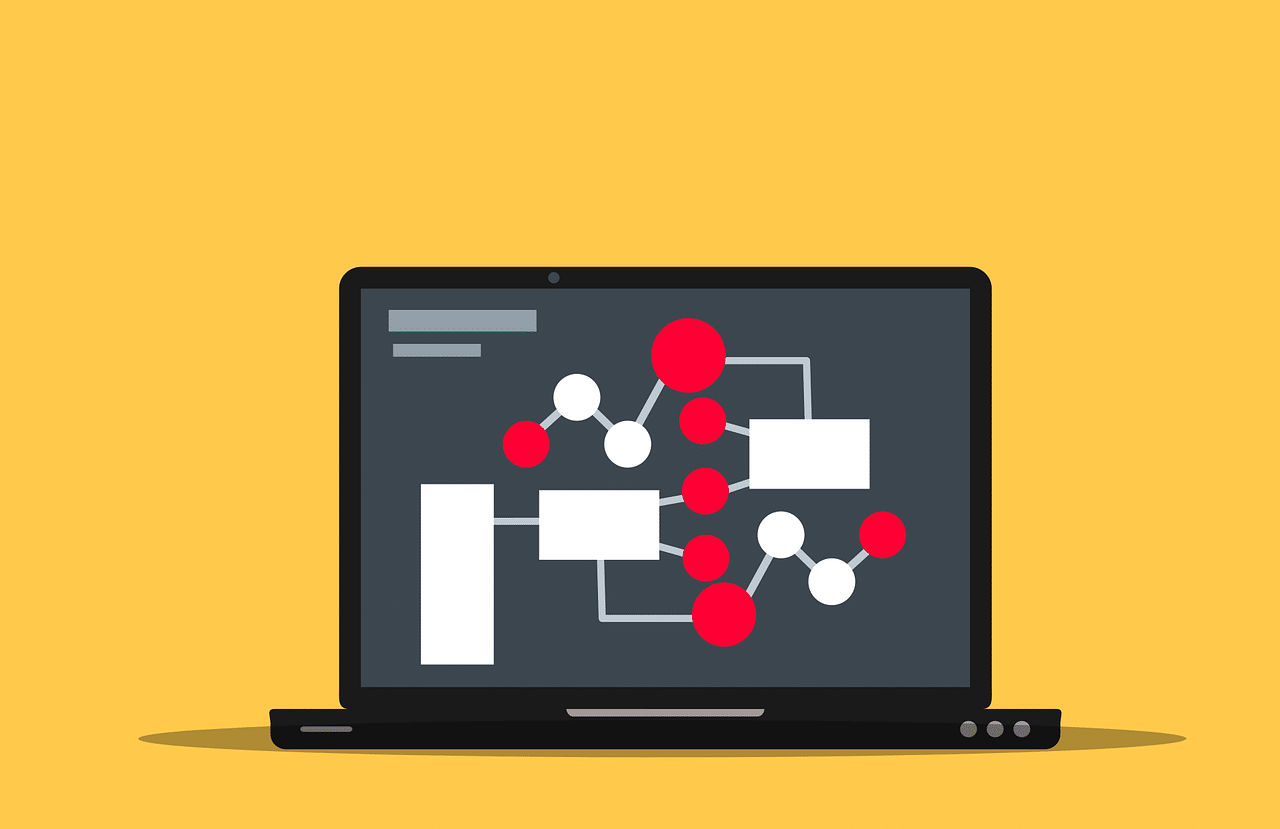
Predictive analysis can use classification algorithms.
Predictive analytics is the procedure of examining data to recognize patterns using algorithms and statistics and then generating predictions about an event, phenomenon or behavior . The concept is usually associated with big data and artificial intelligence .
It can be said that the idea of predictive analysis refers to the set of techniques that, based on historical or current data, allow events or facts to be forecast. This methodology identifies links between multiple factors and makes an assessment of probabilities based on a series of conditions.
Features of predictive analytics
Predictive analysis is a resource that serves to anticipate trends or reveal issues that were previously unknown or unnoticed . That is why it is not only useful to predict (announce what is going to happen), but also to reveal something that was not known about the present or even the past.
This type of analysis is classified as data mining . This is the name given to the area of computer science and statistics aimed at discovering patterns in very large data sets . Predictive analysis uses machine learning , especially supervised learning , to obtain information of interest among large volumes of data and provide it with a structure that makes its subsequent use possible.
What is done is to work with statistical models that can be used to make predictions. These models can be parametric (they analyze a finite number of parameters that make up a family of distributions), non-parametric (they examine variables whose distribution is not parametric) or semi-parametric .
Parametric models demand specific assumptions. They can use analysis of variance (ANOVA), linear regression or other techniques. Non-parametric models, on the other hand, do not make specific assumptions, using methods such as neural networks , random forests and decision trees .

Pattern recognition is key in predictive analytics.
Its implementation
Predictive analysis can be implemented through different models , which are classified as parametric, non-parametric or semi-parametric as we already indicated:
- Regression models : They look for a linear relationship between the independent variables (or predictor variables) and the dependent variables (response variables).
- Grouping models : Also called clustering , they gather similar data into clusters without prior knowledge of their labels or categories.
- Classification models : They distinguish patterns and then classify categories, data or instances that had been previously recorded.
- Time series models : They identify patterns or trends in data series that are ordered in time, using specific intervals.
- Forecasting models : Classify instances into already defined categories to recognize patterns in historical data and ultimately predict what will happen.
- Anomaly or outlier detection models : They are based on the search for unusual issues in data sets.
Development of a predictive analysis
Predictive analysis is developed in a series of stages:
- Determination of the problem : You must establish what you intend to answer, discover or solve. At this point the objective of the project is stated and the sources of information are determined.
- Data collection : It is a key phase since the accuracy of the model depends on the quantity and quality of the data.
- Data analysis : The review, verification, processing and classification of all collected data.
- Validation of data and the statistical model : The conclusions are verified and contrasted with the hypotheses at the beginning of the process.
- Modeling : Involves creating the predictive model that will be used for forecasts.
- Application of the predictive model : This is the stage where the results (the predictions) are generated.
- Control and updating : It consists of checking if there are errors in the model based on the results.

Predictive analytics can work with unstructured and structured data.
Your applications
The application of predictive analysis can occur in multiple sectors. In the field of finance , to mention one case, it helps determine credit risk , anticipating the client's possible behavior based on their background and similar cases.
For marketing , predictive analytics is a useful tool for identifying what product or service to promote, in what way, and to whom the campaign is targeted. This is because the response can be anticipated, based on statistics . Something similar happens with recommendation systems : based on users' previous decisions and behaviors, a predictive model anticipates which suggestion will generate a positive action again.
Predictive analysis in insurers , on the other hand, contributes to fraud detection . Autonomous vehicles also use predictive analysis in driver assistance systems .
Examples of productive analyzes
We can find examples of predictive analytics in sports such as basketball and football . Take the case of basketball: a predictive model can anticipate that, when a certain player crosses the middle of the playing field with the ball in his hands and moving from left to right, he ends up shooting from three points. From this prediction , the opponent who must defend him can anticipate this situation and block the shot. In football, predictive analysis can help to know how a player usually takes corner kicks in certain contexts (depending on the partial result, the moment of the match, etc.).
Predictive models in health constitute another example of this type of instruments. Technology and statistics help to carry out a risk analysis of the development of certain disorders and diseases, such as asthma or diabetes. Predictive epidemiology , on the other hand, can forecast the progression of an epidemic or pandemic.
Weather forecasting is also an example of this kind of analysis. By examining multiple variables, you can predict when it will rain, if it will snow, or what temperature it will reach in the coming days.
A concrete, real-world example of predictive analytics can be found at Netflix . The streaming platform not only makes recommendations based on the data collected from the user's habits, but it even produces and generates its own content by studying the comments and ratings.
